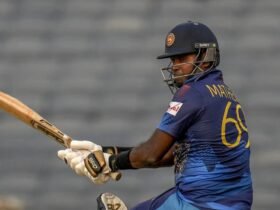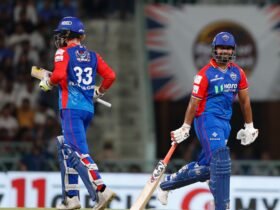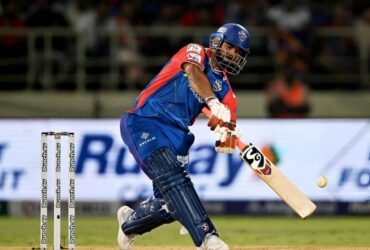In recent years, cricket has introduced warm-up matches. But what exactly are these games, and what rules do they follow?
What is a Warm Up Match?
Before important cricket tournaments or series, teams often play warm-up matches. These matches help teams get ready for the main event, allowing them to try out different players and determine their best starting lineup.
It’s important to note that these warm-up matches aren’t officially recognized by the International Cricket Council (ICC). However, they still follow the standard cricket rules with only a few minor differences.
Cricket Warm-Up Rules?
In a warm-up cricket game, most of the rules are just like the ones you’d find in a regular game of cricket. That means all the usual ways a batter can get out apply, and we still play with six balls in an over. The main goal is the same: score more runs than the opposing team to win. To kick things off, there’s a coin toss to decide who gets to bat first and who takes the field.
But what about the things that make warm-up matches different from regular games?
One important difference is that team captains don’t have to announce their starting lineup before the match begins. While the coin toss happens just like in a regular game, the captains don’t have to reveal which players will be playing right from the start.
One reason for this is that the team composition can change throughout the match. Players can be swapped in and out at different points, which fits with the idea of a warm-up game where flexibility is key.
Cricket warm-up match: how many players?
In warm-up matches, the rules make it possible for every member of the playing squad to participate. These matches are often held before limited-overs tournaments, which means there could be as many as 15 players involved. Let’s see how this works during an actual match.
Team bowling
In a warm-up match, all 15 squad members can participate, but only 11 can be on the field at a time. This allows the captain to rotate fielders and give all available bowlers a chance.
Some rules, like bowling restrictions, still apply. For example, in a 50-over game, bowlers are limited to 10 overs each.
If both captains agree, they can even add new players to the game. I remember a warm-up match for the 2013 Ashes between England and Essex where injuries led Essex to bring in replacements who hadn’t played earlier.
In a nutshell, warm-up matches are flexible, as long as both captains agree on the changes.
Also Read: Top Cricket Bat Companies in India
Team batting
In warm-up matches, all squad members can bat, but usually, only 11 will actually bat. The players whose main role is bowling may not get a chance.
However, certain game rules still apply. Once a batter is out, they can’t return, and each team has ten wickets.
In these matches, players often retire voluntarily, especially after scoring fifty or a century. This gives others a chance to bat and helps the team prepare for bigger tournaments.
When a player retires, they won’t bat again, similar to the rule allowing players to retire ‘out’ in limited-overs matches.
So, in summary, while all squad members can bat, usually only 11 players will be part of the batting lineup.
Conclusion
Warm-up matches are incredibly beneficial for teams preparing for big tournaments or series like the Ashes. While the rules may seem confusing at times, this article aims to clarify them.
These rules make sense as they ensure as many squad players as possible get a chance before the main competition begins. Plus, it’s great for fans who get to see their favorite players in action, and the hosting venue benefits from ticket sales and related revenue, including merchandise and concessions.




























Leave a Reply